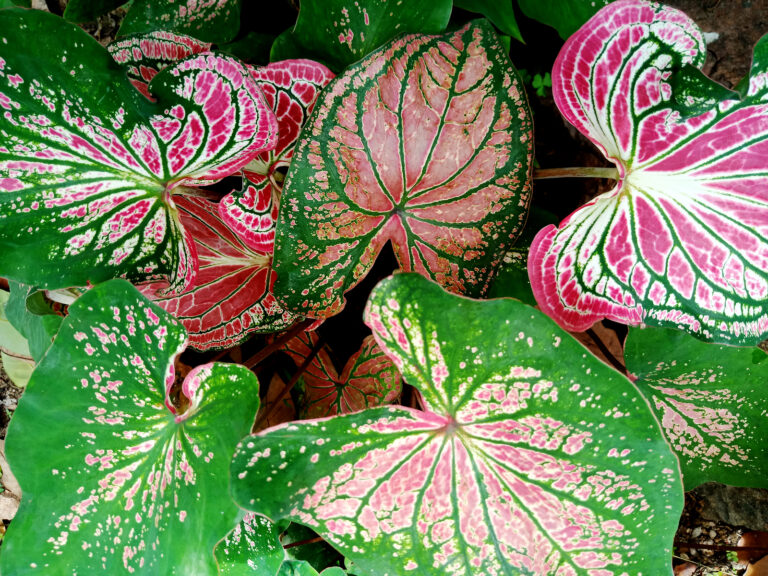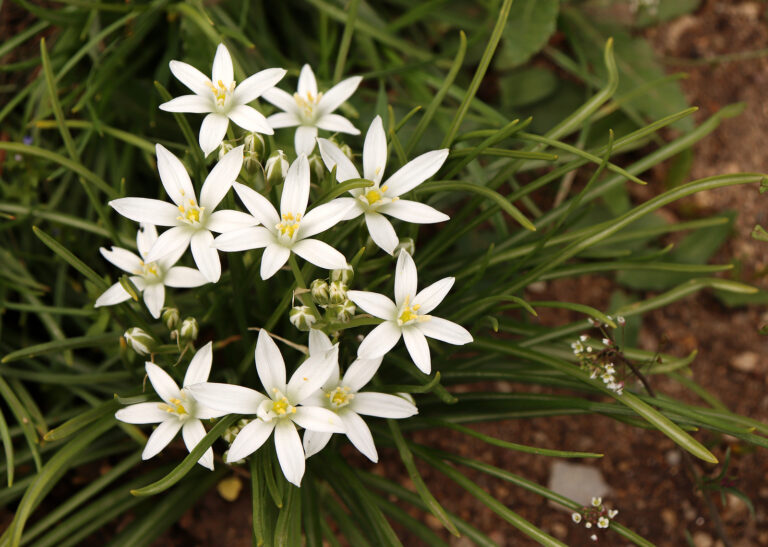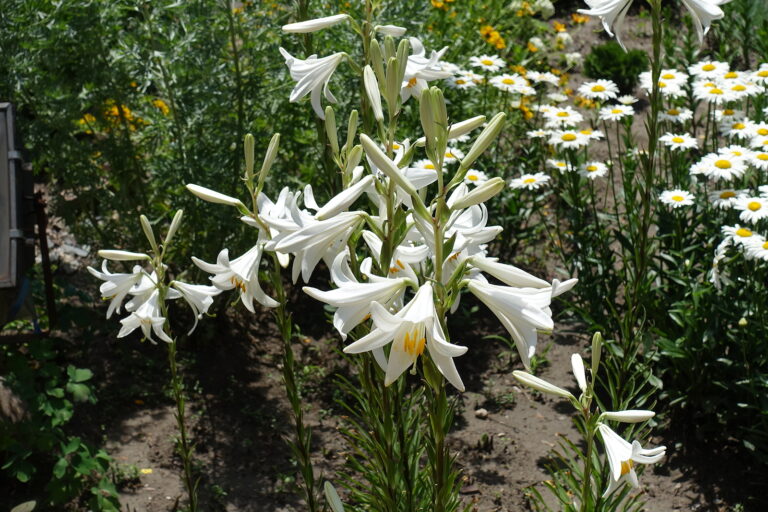Designing with Flower Bulbs
Flower bulbs are akin to perennial flowers when it comes to garden design. Consider the flower color and foliage color and texture when including bulbs in a flower bed or border.
The term flower bulb is loosely used here; it includes corms, tubers, and rhizomes as well as true bulbs. Botanically speaking, all are modified shoots or flower buds that form underground. Each protects a flower bud and stores food to nourish it during periods of rest when the top growth dies back.
Bulbs like perennials are viable for 3 or more years; some are viable for 10 years or more. Bulbs like annuals and perennials have defined bloom seasons; some bloom in spring, some in summer, and a few in autumn and even winter. Consider the seasonality of the bulb when adding to a flower border design.
Seasonality considered bulbs should be set in the garden with the notion that their color and foliage will contribute to the look of the garden for several years.
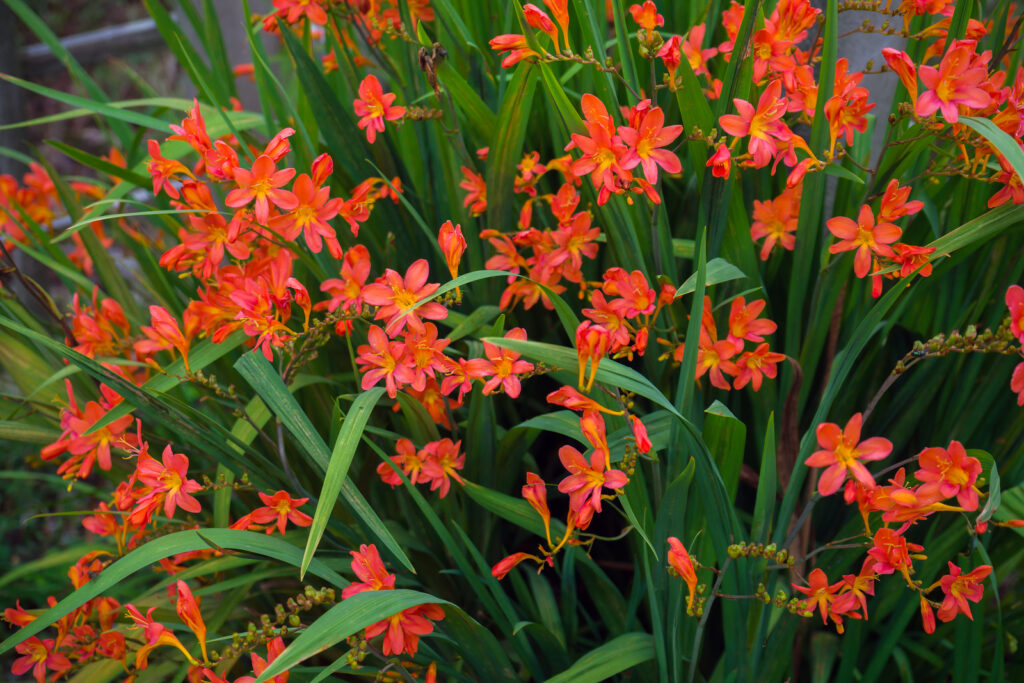
Bulbs and their seasons
Here is a quick guide to bulb-blooming seasons:
- Late winter, early spring flowering: crocus, daffodils, ranunculus, snowdrops (Galanthus), squill.
- Mid-spring flowering: checkered lily (Fritillaria), daffodil, freesia, grape hyacinth, trillium, tulip, anemone.
- Late-spring flowering: agapanthus, crown imperial (Fritillaria), gladiolus, hyacinths, iris, lily-of-the-valley, tulip.
- Early-summer flowering: agapanthus, calla lily, cyclamen, gladiolus, Asiatic lily, society garlic.
- Mid- through late summer flowering: caladium, canna, crocosmia, dahlia, gladiolus, oriental lily, magic lily (Lycoris), peacock orchid (gladiolus), society garlic, tuberous begonia.
- Autumn flowering: autumn crocus, caladium, canna, dahlia, gladiolus, tuberous begonia.
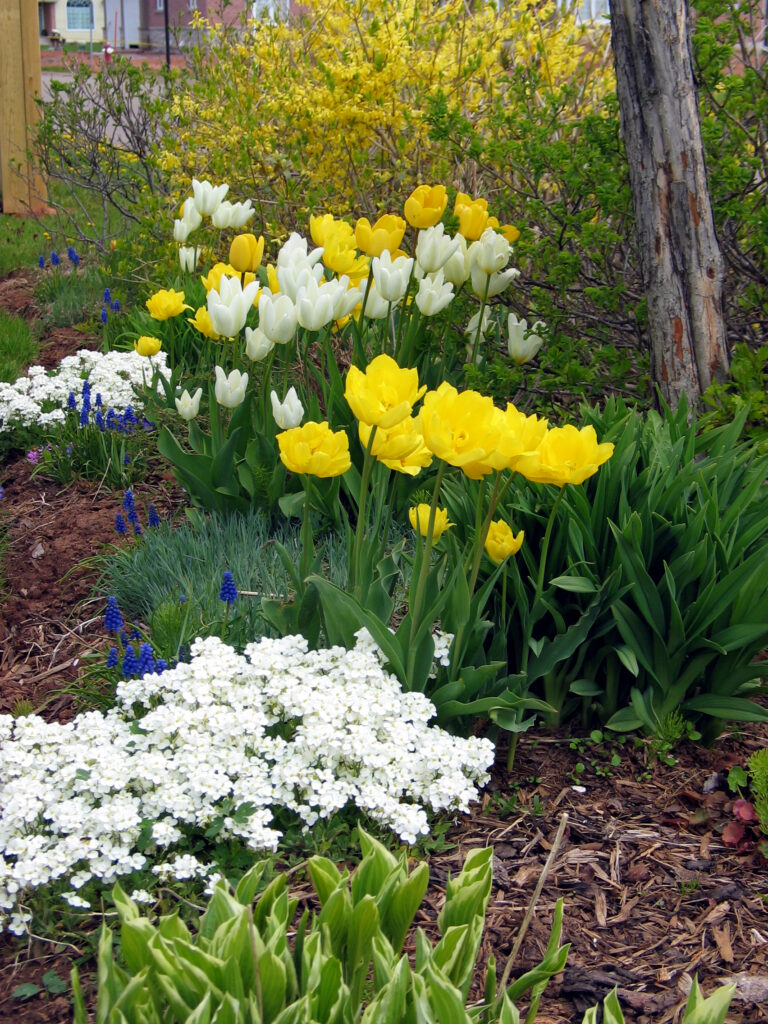
Designing with bulbs
When adding bulbs to the flower garden, here are your design considerations:
- Flower color and foliage texture: add bulbs to the design as you would perennials and annuals.
- Height of plant and breadth: bulbs are set inches below ground, but you still must plan to give the plant room to mature; consider the plant’s size at maturity when planting bulbs.
- Planting depth: know how deep to set the bulb—usually twice its thickness; bulbs set too deep or too shallow may not grow.
- A succession of color: plant bulbs knowing when they will bloom; consider the succession of flowers through the season. Bulbs that reach maturity at a different time during the year can be set in the soil very close together—if they are growing and maturing at different times, they will not crowd one another.
- Foliage dies back: not long after bulbs bloom they begin to die back; green foliage helps to store nutrients and energy in the bulb for the next season; it’s best to allow foliage yellow and brown before removing it from the garden; keep in mind unattractive foliage will be in the flower garden for weeks before it is removed—this should be a design consideration.
- Companion planting: Plant bulbs with companion annuals or perennials: companions can cover the bare spot in the garden until the bulb emerges and a companion can cover bulb foliage as it dies back. Bulbs do not compete for water and nutrients with annuals and perennials; they can be planted close together and even under annuals.

Bulb planting tips
Here are a few things to know about planting bulbs:
- Spring-blooming bulbs are planted in the fall. They are hardy and can withstand the coldest winters. Spring bulbs require cold to trigger growth in spring.
- Spring bulbs such as tulips and hyacinths must be chilled in the refrigerator if you live in a mild winter region. If you can’t chill the bulbs, purchase pre-chilled bulbs. Plant pre-chilled bulbs in Zone 9 and warmer.
- Summer-blooming bulbs are planted in late winter and early spring.
- Summer-blooming bulbs cannot withstand cold winters; in Zones 7 and colder, summer-blooming bulbs must be dug up in fall and stored indoors.
- Plant bulbs at the recommended depth, usually twice as deep as the bulb is big; check the package for instruction. If the bulb has a pointed tip, the tip should be planted up; if the bulb is long (actually a rhizome or tuber) lay it on its side.
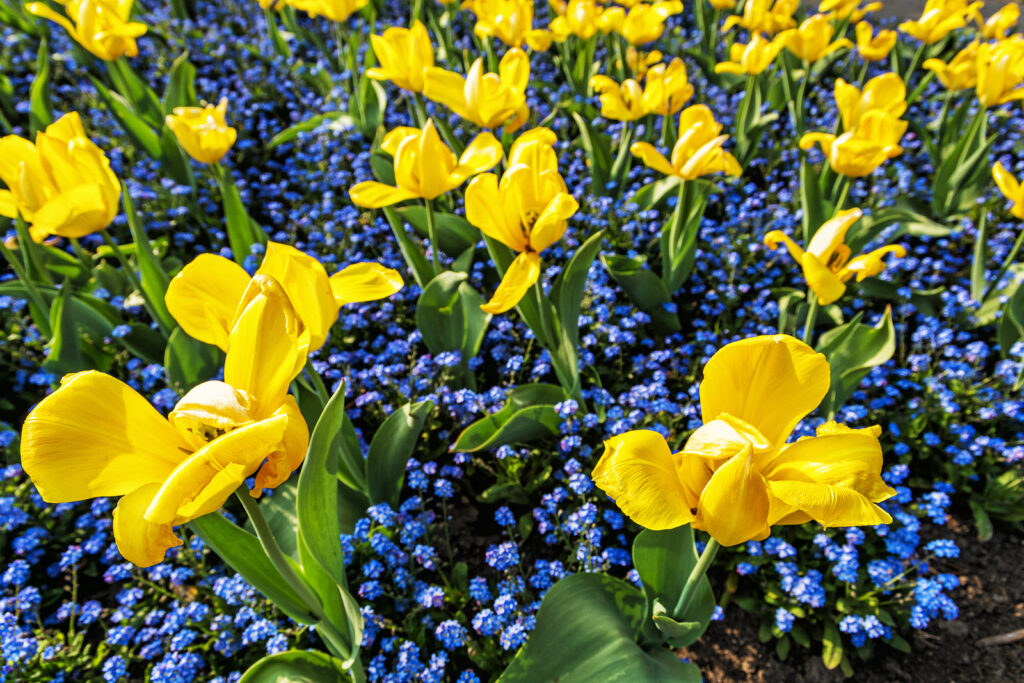
Bulb companions
After plants grown from bulbs are finished blooming, the green foliage helps the bulb store energy for blooming the following season. As foliage turns from green to yellow to brown, it continues to store energy and should not be cut away or removed. Annuals and perennials planted close to bulbs can help hide spent foliage. Here are some planting companions suggestions:
- Daffodils and hostas
- Daffodils and daylilies
- Daffodils and ferns
- Crocus and grape hyacinth with vinca minor
- Tulips and forget-me-not
- Early tulips and columbine
- Early tulips and creeping phlox
- Small bulbs under deciduous shrubs
- Tulips or hyacinths with lady’s mantle
- Ornamental onion and artemisia
- Daffodils or tulips with hardy geraniums
Also of interest:


